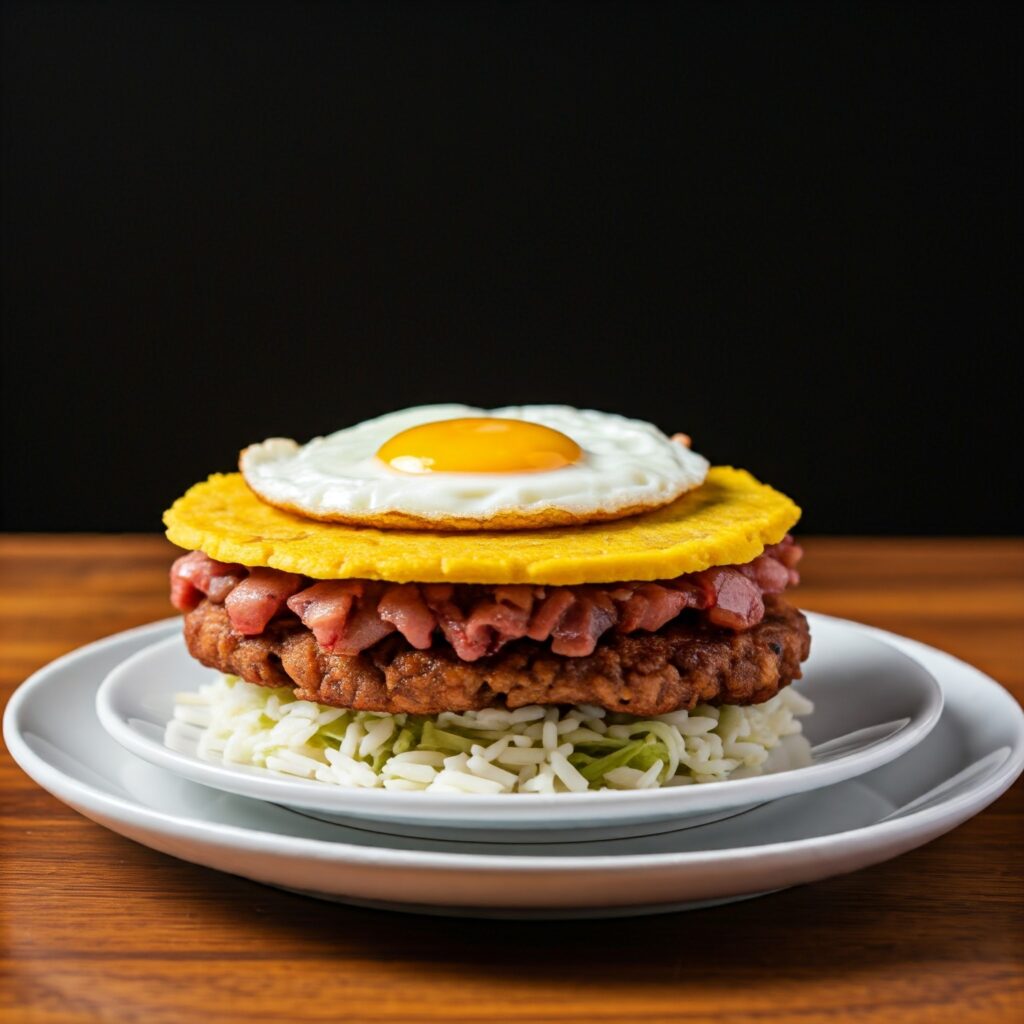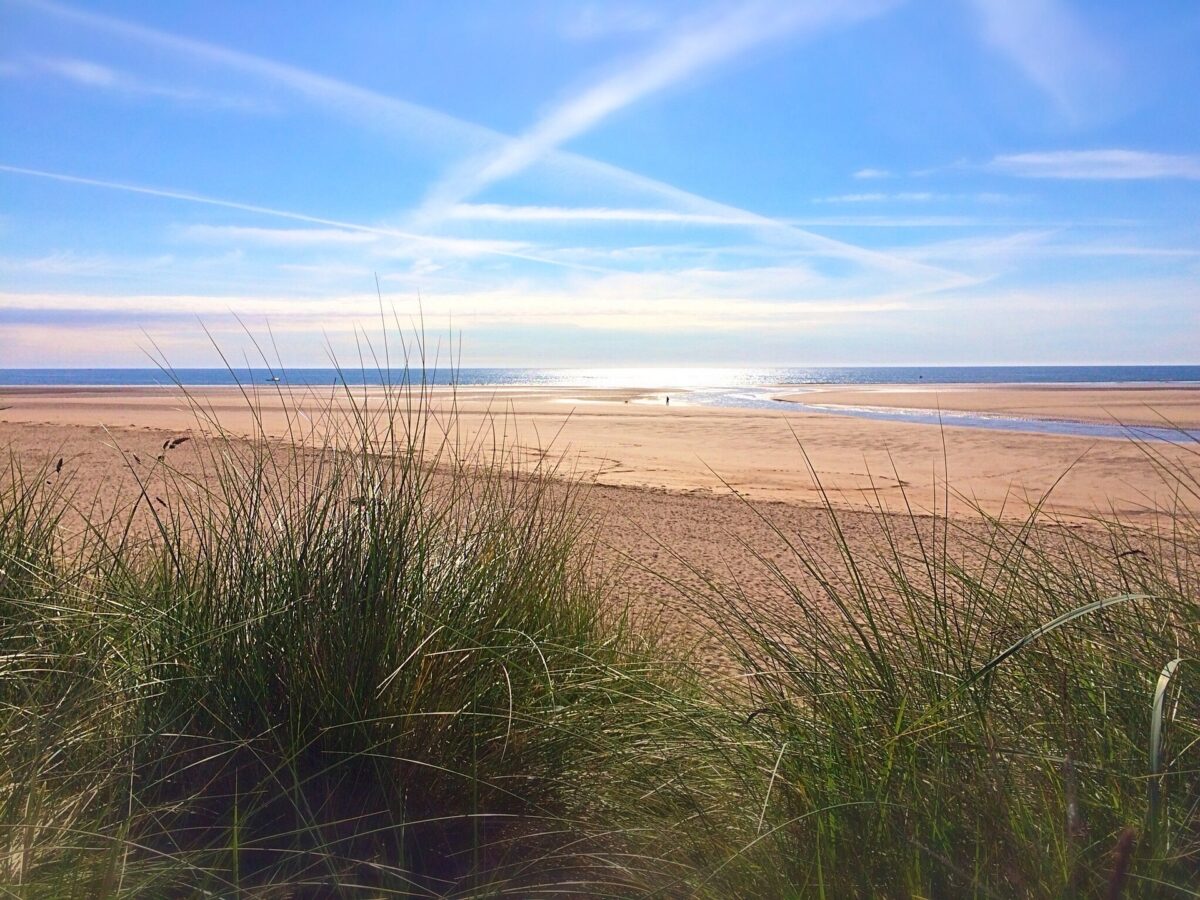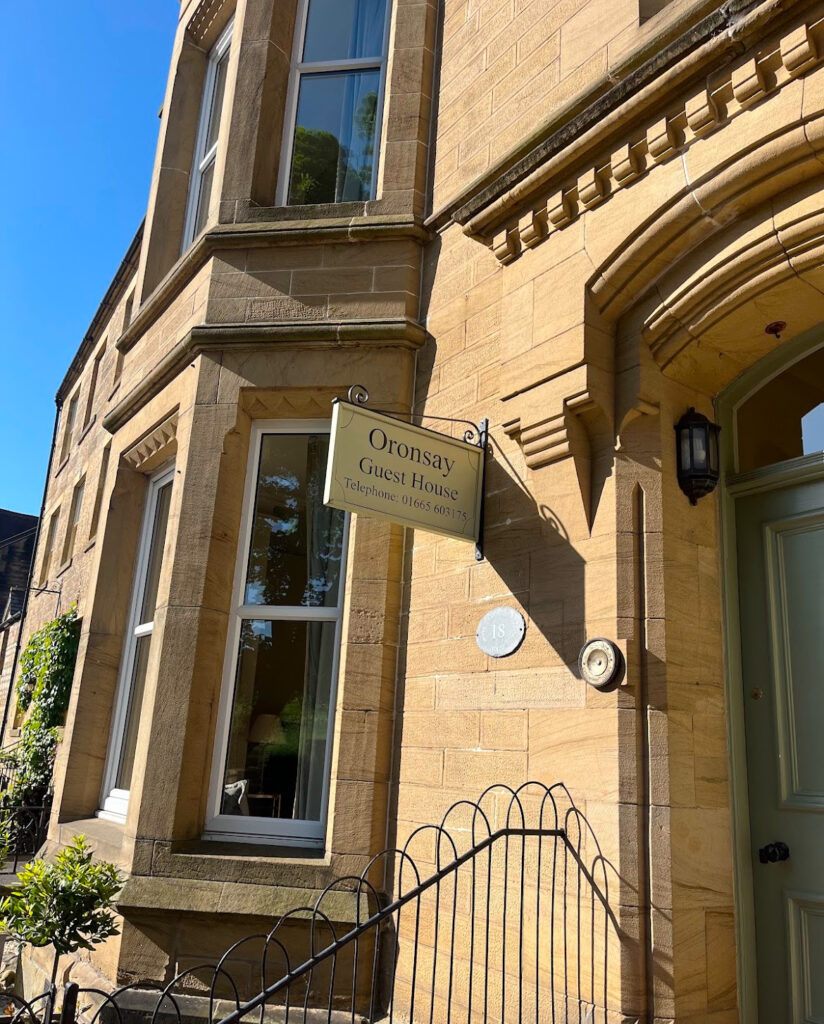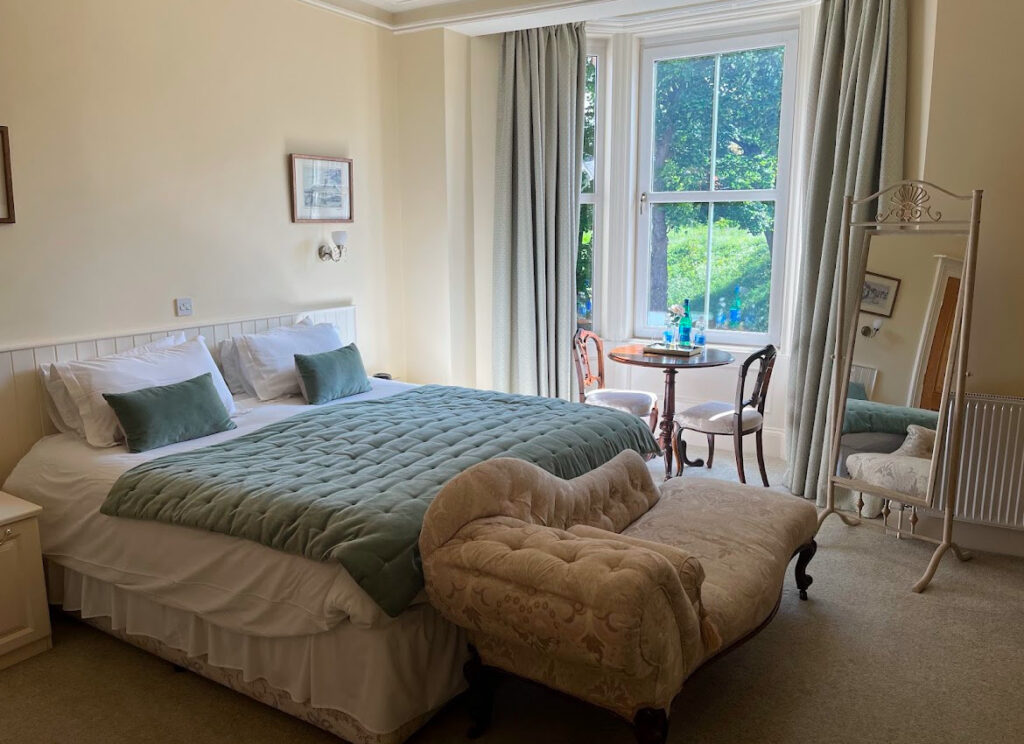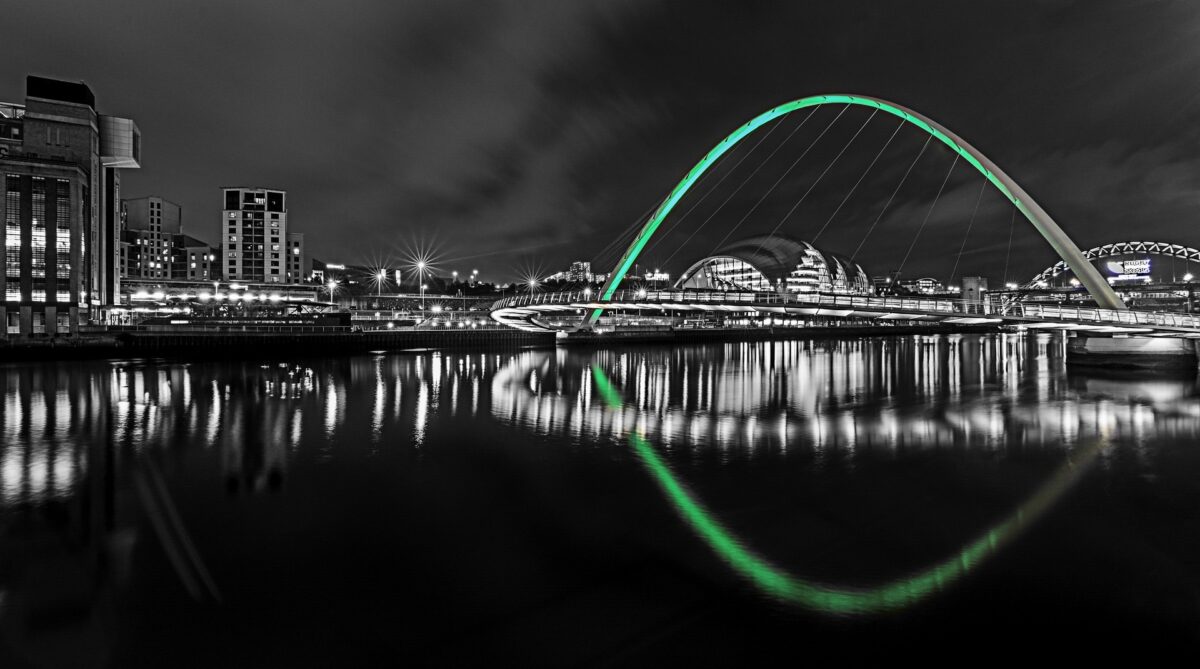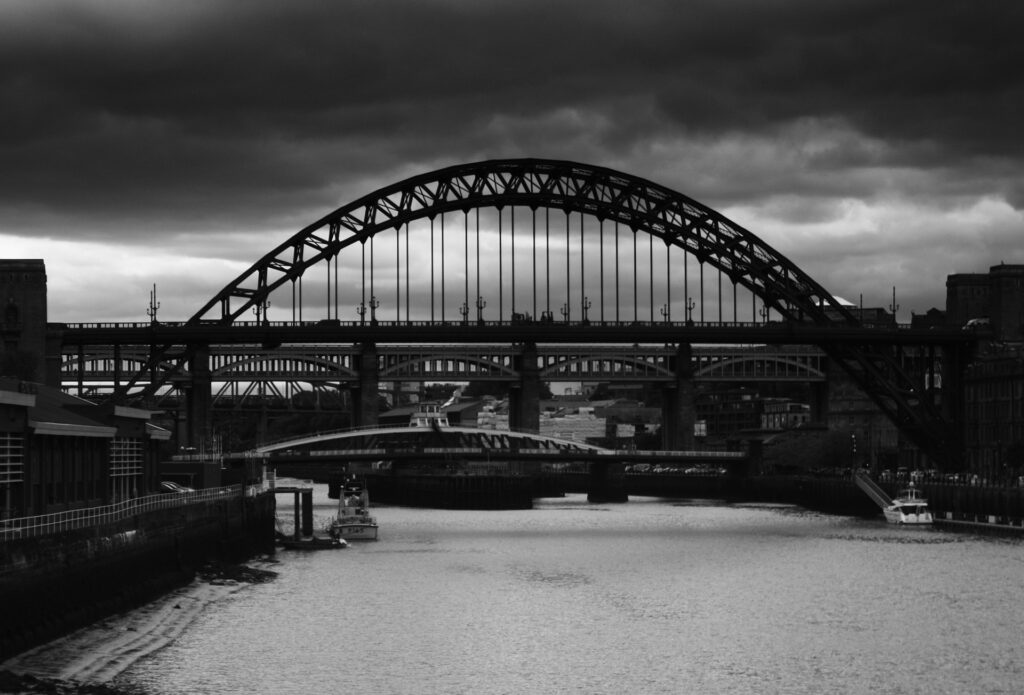Feeling burnt out? You’re not alone. A recent study by the UK Health Security Agency revealed that over 70% of British workers are experiencing high levels of stress, leaving many feeling exhausted and disillusioned.
6 Wellness Travel Trends for 2025: Recharge, Rejuvenate, Redefine Your Escape
But here’s the good news: wellness travel is booming! It’s no longer just about sightseeing and souvenirs. Today’s British travellers are seeking meaningful experiences that nourish the mind, body, and soul. Are you in the travel industry, eager to attract this growing market? Or are you a travel enthusiast, ready to craft your next adventure with intention? This article is your roadmap!
We’ve unpacked 6 of the hottest trends shaping the future of wellness travel in 2025. From personalised retreats to immersive cultural experiences that ignite your spirit, these insights will help you design a getaway that leaves you feeling truly rejuvenated.
Ready to turn your next trip into a transformative journey? Let’s dive in!
1. Personalised Retreats: Tailored Experiences for Every Traveller
Gone are the days of cookie-cutter travel packages. Today’s discerning travellers are seeking unique and personalised experiences that cater to their specific needs and interests. This trend sees the rise of boutique retreats, wellness camps, and bespoke travel agencies that curate highly individualised itineraries. Imagine a yoga retreat specifically designed for your flexibility level, a culinary adventure that explores your favourite cuisines, or a digital detox retreat tailored to your tech-dependence.
For Travel Businesses:
- Offer customisable packages: Allow travellers to choose their own adventure by offering a range of activities, accommodation options, and wellness treatments.
- Invest in personalised consultations: Offer pre-trip consultations to understand individual traveller needs and preferences.
- Leverage technology: Utilise AI-powered travel planning tools to create bespoke itineraries with ease.
2. The Rise of “Slow Travel”: Embracing the Journey, Not Just the Destination
In our fast-paced world, slow travel offers a much-needed antidote. This philosophy encourages travellers to slow down, savour the moment, and immerse themselves in the local culture. Instead of rushing from one tourist trap to the next, slow travellers prioritise meaningful connections with locals, exploring hidden gems, and embracing the journey itself. This could involve staying in a local homestay, learning a new skill from a local artisan, or simply spending time wandering through a charming market.
For Travel Businesses:
- Promote slow travel experiences: Highlight local experiences, such as cooking classes, guided nature walks, and cultural workshops.
- Encourage longer stays: Offer discounts for extended stays to encourage travellers to explore a destination more deeply.
- Partner with local communities: Collaborate with local businesses and organisations to create authentic and sustainable travel experiences.
3. Wellness Tech Integration: Bringing the Spa to Your Smartphone
Technology is revolutionising the wellness travel experience. From virtual yoga classes and meditation apps to AI-powered wellness trackers and personalised nutrition plans, travellers can now seamlessly integrate wellness practices into their journeys. This trend also sees the rise of “smart hotels” with features like in-room wellness pods, voice-activated spa treatments, and personalised sleep experiences.
For Travel Businesses:
- Embrace technology: Offer complimentary access to wellness apps and virtual fitness classes.
- Invest in smart hotel technology: Integrate smart features like voice-activated lighting and temperature controls to enhance the guest experience.
- Utilize data analytics: Collect data on guest preferences to personalise wellness offerings and improve services.
4. The “Mindful Adventure” Trend: Exploring Nature with Intention
Combining the thrill of adventure with the tranquility of mindfulness, this trend sees travellers seeking out experiences that connect them with nature while cultivating inner peace. Think mindful hiking retreats, meditation retreats in stunning natural settings, and surf camps with a focus on mindfulness and self-awareness. These experiences offer a unique opportunity to challenge yourself physically while also cultivating inner peace and a deeper appreciation for the natural world.
For Travel Businesses:
- Offer mindful adventure packages: Combine outdoor activities like hiking, kayaking, and surfing with mindfulness practices such as yoga, meditation, and breathwork.
- Partner with local guides: Collaborate with experienced guides who can share their knowledge of the local environment and facilitate mindful experiences.
- Create a serene environment: Offer tranquil spaces for relaxation and reflection, such as meditation gardens or yoga pavilions.
5. Cultural Immersion: Connecting with Local Communities
Gone are the days of simply observing local cultures from a distance. Today’s travellers are seeking authentic and meaningful connections with local communities. This trend sees a rise in volunteer tourism, cultural exchange programmes, and homestays that allow travellers to immerse themselves in local life, learn about local traditions, and contribute to the community.
For Travel Businesses:
- Offer cultural immersion programmes: Partner with local organisations to offer volunteer opportunities, cultural exchange programs, and language classes.
- Promote responsible tourism: Encourage travellers to respect local customs and traditions and support local businesses.
- Highlight the benefits of cultural exchange: Emphasise the personal and social benefits of connecting with local communities.
6. The Rise of “Wellness Workations”: Combining Work and Wellness
With the rise of remote work, many are embracing the “workation” – a blend of work and vacation. This trend sees travellers seeking destinations that offer a balance of work and leisure, with high-speed internet, comfortable co-working spaces, and access to wellness amenities. Think beachside villas with dedicated workspaces, mountain retreats with high-speed internet, and city hotels with state-of-the-art business centers and on-site gyms.
For Travel Businesses:
- Create dedicated workspaces: Offer high-speed Wi-Fi, comfortable co-working spaces, and business centres for remote workers.
- Promote wellness amenities: Highlight on-site gyms, yoga studios, and spa services that cater to the needs of busy professionals.
- Offer flexible packages: Provide options for extended stays and flexible booking options to accommodate the needs of digital nomads.
Get help to protect and grow your business faster with CheeringupInfo
Find out more about Lifestyle Improvement Club Corporate Membership
Subscribe for free lifestyle improvement tips reviews and money saving deals
Read more lifestyle improvement articles and watch videos for free
Relevant hashtags:
- #WellnessTravelTrends
- #TravelWell
- #MindfulTravel
- #SustainableTravel
- #TravelInspiration
- #CheeringupInfo
- #CheeringupTV
- #BestPricesGuide
- #RetirementMagazine
- #RetirementTV
- #OldDigitalNomad
- #Over55s
Read more:
- personalised wellness travel retreats 2025
- mindful adventure travel experiences UK
- sustainable travel destinations for digital nomads
- cultural immersion programmes for solo travellers
- best wellness retreats for stress relief and burnout recovery
Wellness Travel Trends 2025




